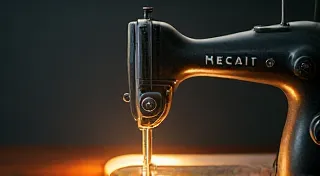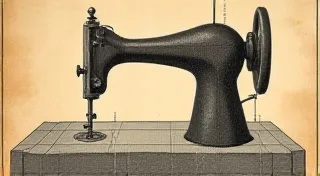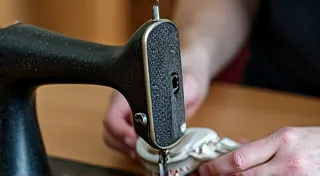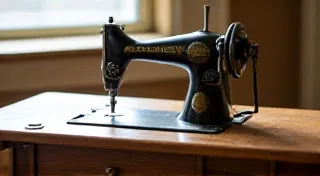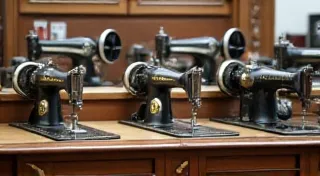The Rise of the Hand Crank Sewing Machine: A Portable Revolution
There's a certain romance in the ticking of a vintage sewing machine, a quiet hum that speaks of ingenuity, resilience, and a time when craftsmanship meant something different. For those of us drawn to collecting antique sewing machines, that romance often begins with the hand crank models – the forerunners of the electric marvels we know today. These weren't just tools; they were symbols of progress, emblems of domestic independence, and, in many cases, treasured family heirlooms. Let's journey back to a time when a simple hand crank sparked a portable revolution, reshaping households and empowering women.
The Genesis of Mechanical Stitching
The history of sewing is, of course, incredibly ancient. For millennia, stitches were painstakingly created by hand. The needle and thread – simple tools, yet representing hours of labor. Then, in the early 19th century, a flurry of invention began. Barthélemy Thimonnier's patent for a chain-stitch sewing machine in 1830 marked a pivotal moment, although its immediate impact was limited by a lack of suitable materials and a resistance from established hand-sewers. Further experimentation followed, with Elias Howe’s lockstitch machine patenting in 1846 being the crucial breakthrough. However, these early machines were often unwieldy, expensive, and not easily accessible.
Enter the hand crank sewing machine. While Howe and others focused on mechanisms that would eventually lead to electric motors, the hand crank remained the dominant power source for many years, and it was a crucial step in making sewing machines a practical reality for a wider population. The elegance of the hand crank lay in its simplicity – a human-powered engine, reliable, and requiring no external power source.

Advantages of the Hand Crank: More Than Just a Power Source
It's easy to dismiss hand crank machines as primitive, especially when considering the convenience of electric models. However, they possessed several distinct advantages that contributed to their enduring popularity. Firstly, and most obviously, they were portable. A family could move, and their sewing machine could move with them. This was significant in a time when migration and westward expansion were commonplace. Second, they were independent of external power sources. No electricity meant no limitations on when or where you could sew. Thirdly, the deliberate pace of hand-cranking often fostered a more meditative and focused approach to sewing, a stark contrast to the sometimes frenetic pace of modern life. This pace also fostered an appreciation for the process and a deeper connection to the finished product. The rhythmic turning of the crank, the soft whir of the wheel, and the gradual emergence of a stitched seam – it was a slow dance of creation.
Speaking from personal experience, I remember my grandmother, a woman who grew up with a hand crank Singer, often reminiscing about the hours she spent sewing clothes for her family. It wasn't just a chore; it was a ritual, a quiet time of reflection and connection. She’s given me a profound respect for the women who powered these machines, both literally and figuratively.
Craftsmanship and Design: A Reflection of an Era
The hand crank era represents a golden age of cast-iron artistry. Sewing machine manufacturers like Singer, Grover & Baker, Wilson, and many others, poured considerable effort into the aesthetic design of their machines. The elaborate ornamentation, the intricate details, and the robust construction are testaments to the pride taken in craftsmanship. These machines weren’t just utilitarian objects; they were often beautiful works of art, displayed proudly in the home.
The design details varied greatly, reflecting regional styles and the evolving tastes of consumers. Some machines were adorned with floral motifs, others with geometric patterns, and still others with stylized depictions of domestic life. The color palettes were also varied, ranging from the rich blacks and greens of the early machines to the more vibrant reds and yellows of later models.
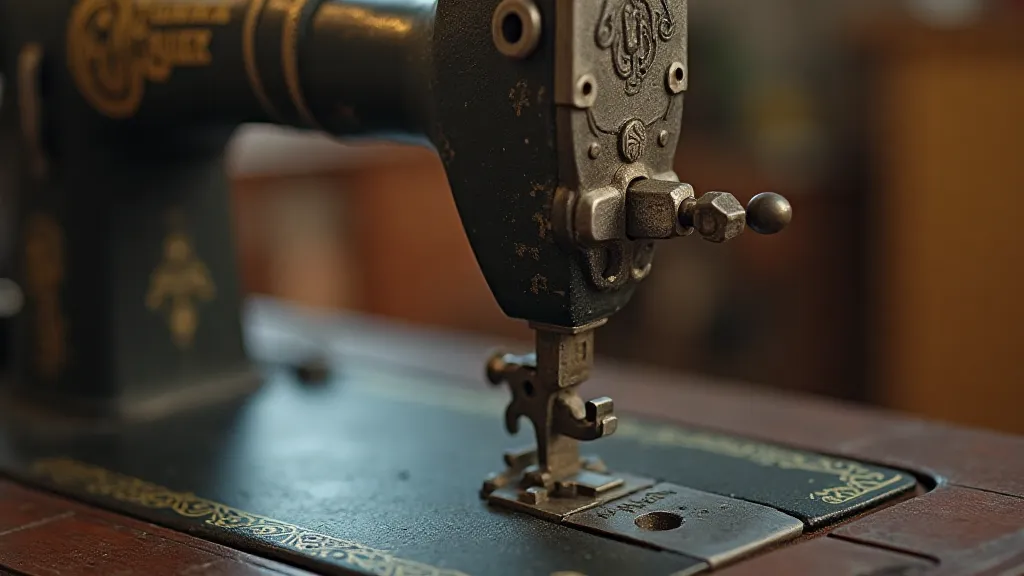
Collecting Considerations: Preservation and Appreciation
For collectors, hand crank sewing machines hold a special allure. They represent a tangible link to the past, offering a glimpse into the lives of those who used them. However, collecting these machines can present unique challenges. Many have suffered from years of neglect, and restoration can be a delicate process.
Preservation, rather than complete restoration, is often the preferred approach. Cleaning, lubrication, and replacement of worn parts are common tasks. However, it’s important to avoid altering the original character of the machine. Original finishes, decals, and accessories are highly valued. Finding spare parts can be challenging, requiring patience and a bit of ingenuity.
Beyond the mechanical aspects, understanding the historical context of a machine adds to its value and appreciation. Knowing the manufacturer, the model number, the year of production, and the original intended use can provide valuable insights into its significance. Many collectors specialize in particular brands or models, becoming experts in their nuances and history.
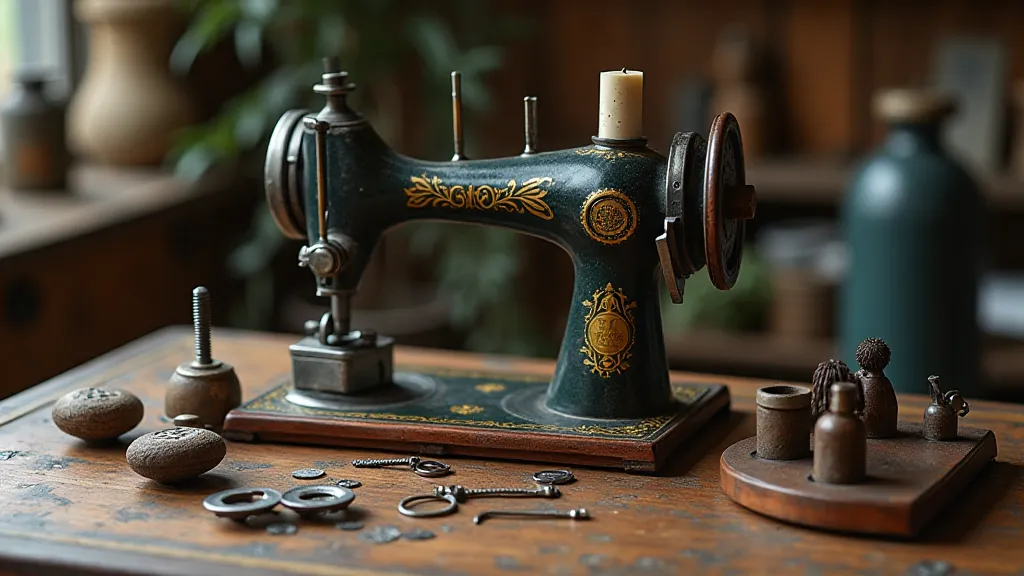
The Enduring Legacy
The hand crank sewing machine might not be the dominant force it once was, but its legacy continues to resonate. It represents a pivotal moment in technological advancement, a time when ingenuity and human power combined to transform domestic life. For collectors, these machines are more than just artifacts; they are stories waiting to be rediscovered, testaments to the enduring spirit of innovation and the beauty of handcrafted objects. The quiet click and whir of a hand crank sewing machine – it’s a sound that connects us to the past, a reminder of a time when things were made with care, and a celebration of the simple elegance of human-powered ingenuity. It’s a revolution, powered by a hand.
